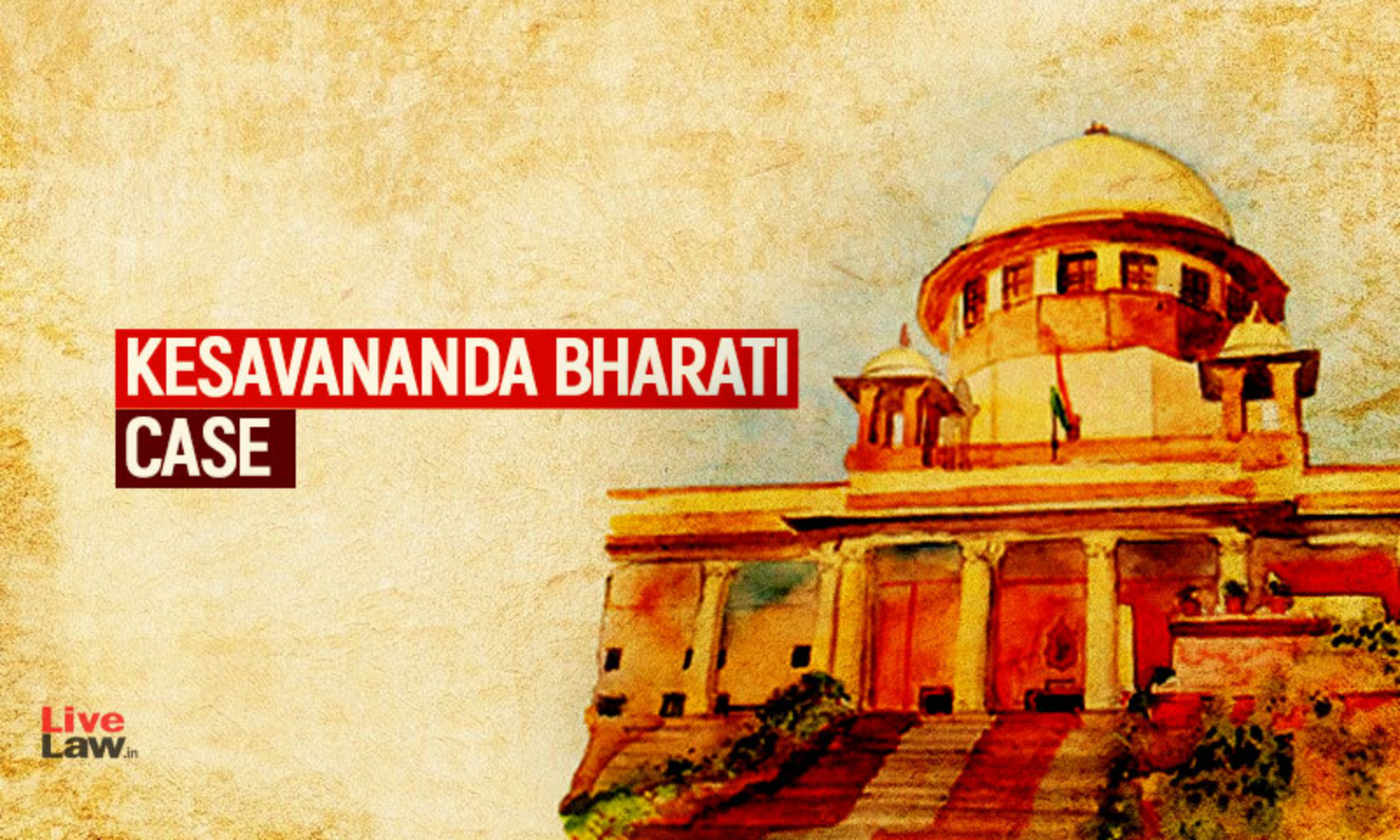December 12, 2023
50th Anniversary of Kesavananda Bharati Case: Upholding the “Basic Structure Doctrine”

Introduction
- Marking the 50th anniversary of the Kesavananda Bharati case holds profound significance as it commemorates the inception of the “Basic Structure Doctrine,” a pivotal judicial principle introduced by the Indian Supreme Court in 1973. This doctrine, while widely revered, has also encountered debates regarding its constitutional validity due to its broad scope and implications.
Foundational Contributions
- Integral to the doctrine’s emergence was the influential lecture by German jurist Dietrich Conrad on the “Implied Limitation of the Amending Power.” His insights laid the groundwork for embracing the Basic Structure doctrine in India, emphasizing the essential need for constraints on institutional powers.
Debates and Critiques
- However, amidst its recognition, doubts persist regarding the constitutional validity of this doctrine. Critics, including former Finance Minister Arun Jaitley, have voiced concerns about its potentially expansive nature, raising apprehensions about its impact on other constitutional mandates.
Challenges and Criticisms
- The heart of the debate revolves around the doctrine’s open-ended nature, with queries raised about the exclusive powers it bestows upon the Supreme Court. Jaitley’s critique underscores the potential imbalance that might arise, particularly regarding other foundational pillars of the Constitution.
Key Principles and Significance
- The Basic Structure doctrine stands as a sentinel, safeguarding fundamental aspects of the Constitution from amendments or legislative alterations. It has notably preserved the independence of the judiciary, acting as a guiding beacon amidst complex constitutional interpretations.
Historical Context and Implications
- The doctrine’s significance resonates in its role during the Emergency of 1975, preventing any drastic reshaping of the Constitution during a critical juncture. However, it also draws attention to the delicate balance required between upholding judicial independence and maintaining other constitutional frameworks.
Critical Examination and Way Forward
- The ongoing debate on its validity necessitates a deeper analysis of its impact on other constitutional mandates. Understanding its jurisprudential foundations and mitigating judicial arbitrariness in its application are vital steps forward. Moreover, aligning the functioning of democratic institutions with contemporary demands for transparency becomes imperative in the evolving information age.
Conclusion
The Kesavananda Bharati case’s 50th anniversary not only commemorates a landmark ruling but reignites critical discussions about the enduring significance of the Basic Structure doctrine. While upholding constitutional pillars, the imperative lies in ensuring a balanced application that preserves the essence of the Constitution while adapting to contemporary needs.
October 17, 2025
October 16, 2025
October 6, 2025
September 24, 2025
